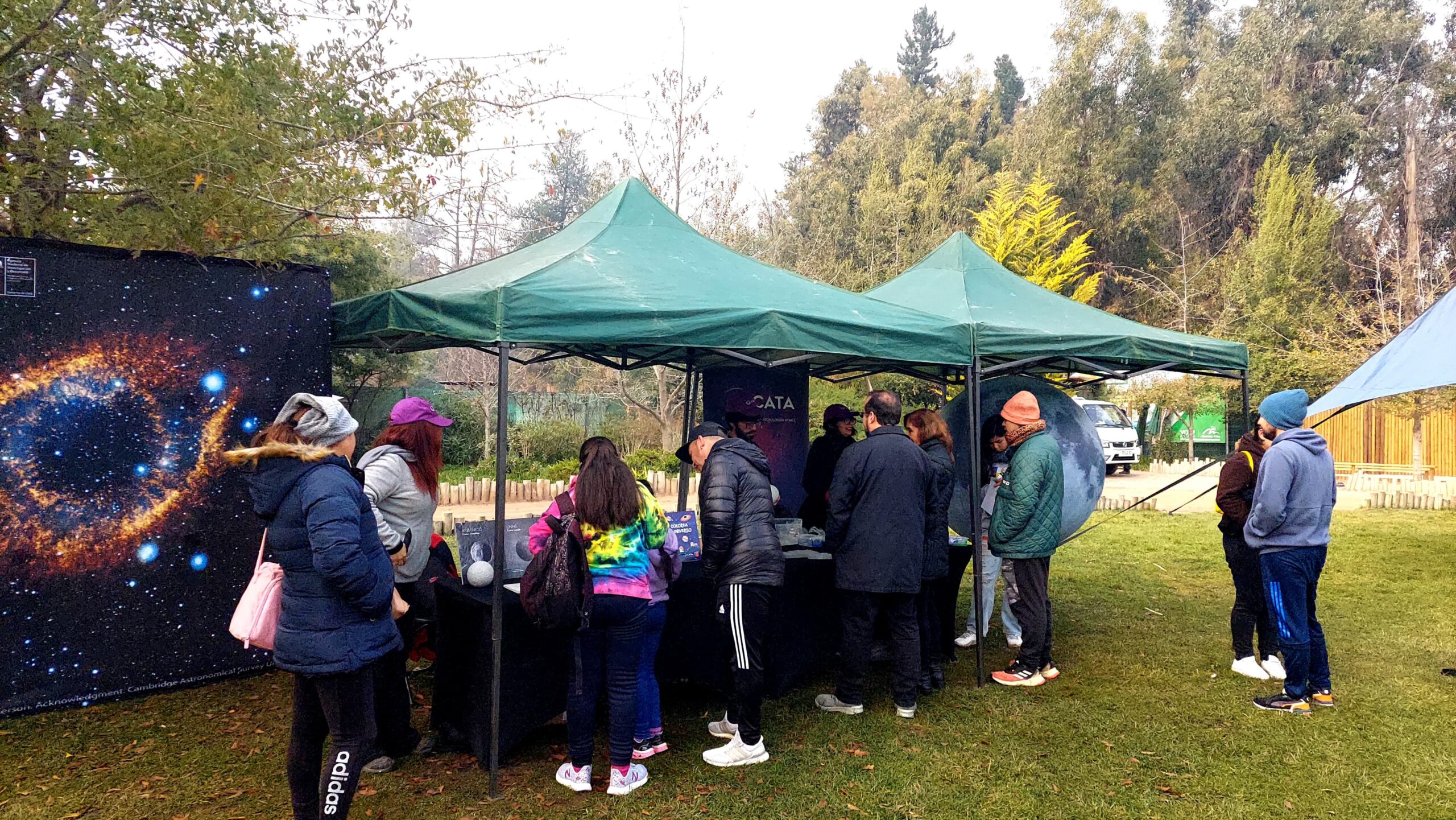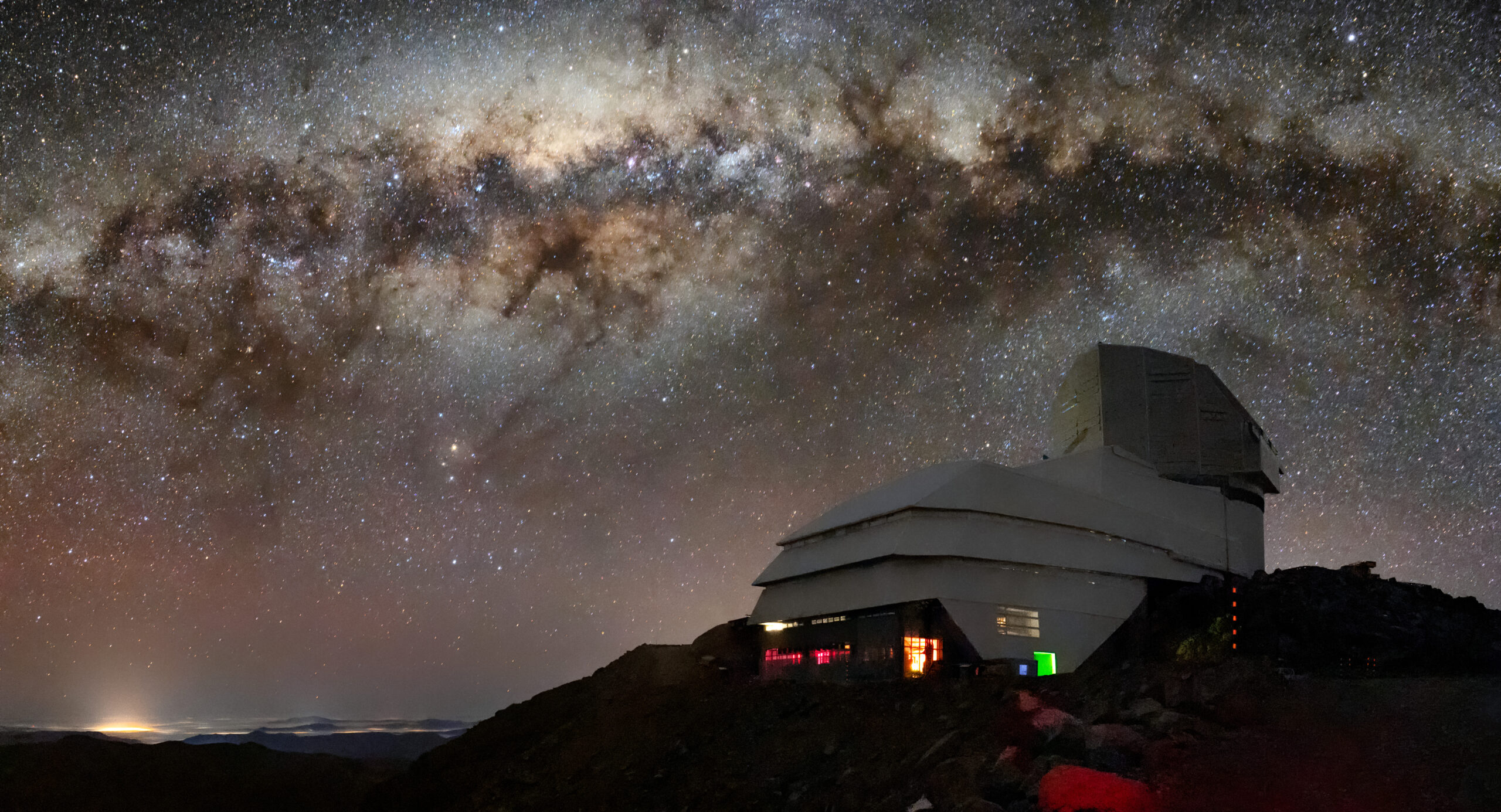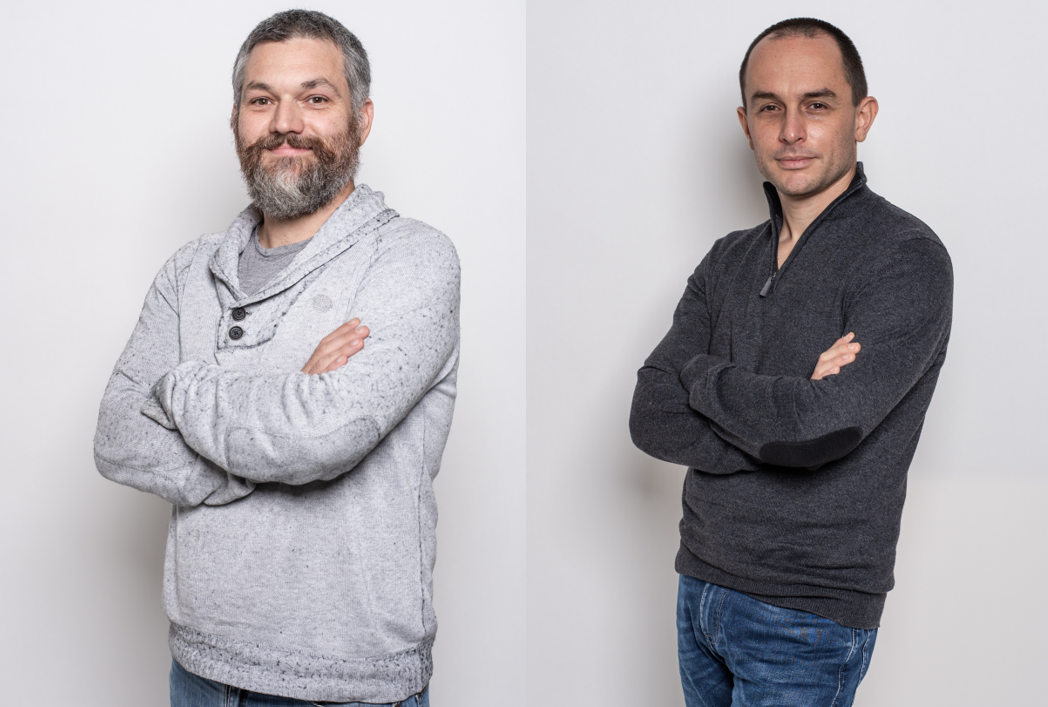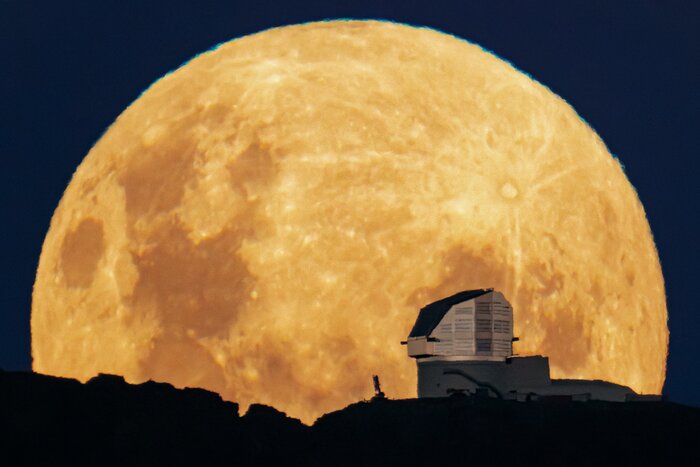
Gamma ray studies, the challenge for the new generation of astronomers in Chile
The announcement of the construction of the SWGO Cosmic Gamma Ray Observatory in our country ratifies Chile's privileged position in astronomical research and also opens a new path of specialization for local astrophysicists, where CATA is playing a fundamental role.
Until now, the main reason for installing the most important observatories in our country has been the pristine quality of our skies. But the Southern Wide-field Gamma Ray Observatory (SWGO) does not require such conditions. Therefore, the choice of northern Chile to build this modern research facility ratifies the unique conditions offered by the country for these purposes in aspects such as the strength of the national astronomical institutional framework in terms of logistical infrastructure, technological support, communication networks and links with the communities.
Unlike the observatories already operating in Chile, the SWGO will not collect astronomical information through telescopes or antennas. It uses sealed water tanks that indirectly detect radiation emitted in the form of very high and ultra-high energy gamma rays. These are generated by the most violent processes in the Universe, such as the fusion of black holes or neutron stars, as well as in powerful shock waves in supernovae or relativistic jets.
This type of radiation does not reach the Earth’s surface, as it is absorbed in the atmosphere. Therefore, this observatory will be located at 4,770 meters at Pampa La Bola, within the Atacama Astronomical Park. The SWGO detectors will capture particles that are created in the atmosphere when gamma rays are absorbed by the atmosphere. These particles entering the water tanks will produce radiation that will be recorded by photodetectors installed inside the tanks. By capturing this stream of secondary particles with many detector units simultaneously, each individual gamma ray can be traced back to its cosmic source, allowing a map of the sky to be created.
An opportunity for new astronomers
The management process to achieve this milestone, which will begin construction in 2026, involved representatives of government agencies, private organizations and academia, and leading researchers related to the study of gamma rays, several of whom are linked to the Center for Astrophysics and Related Technologies, CATA.
Walter Max-Moerbeck, Associate Researcher at CATA and academic at the University of Chile, sees a great opportunity for Chilean astrophysicists with the implementation of the SWGO, especially for the new generations.
“We astronomers who study gamma rays here are very few. A very similar reality to, for example, what happened before ALMA was installed in the north, but its implementation triggered a lot of specialization in millimeter waves. This project opens an enormous possibility for future generations of astronomers to focus on gamma rays. The challenge is now to be able to generate an environment so that this science can be done effectively here in Chile. And, in this sense, the role of CATA is fundamental, since by providing an institutional framework where different researchers, who work in an interdisciplinary manner, converge, it is the precise place to attract and incubate future astronomers who will specialize in this area”, explains this researcher, who focuses his studies on supermassive black holes and energetic phenomena.
This vision is shared by Mario Riquelme, Associate Researcher at CATA and academic at the Universidad de Chile, who sees in the Center an instance to channel the development of research in this field.
“At CATA there is already a group of people doing high-energy things, and of course that is a support for these things to move forward, because in the end one needs institutional support and to have scenarios where to develop joint projects. So I think that interesting things will start to happen”, he argues.
Chile looks at the sky in a different way
One of the most important sources of gamma rays are the centers of galaxies, and the closest we have is our Milky Way, which can only be seen from the southern sky, hence the importance of its study in these latitudes. Another particularity of this project is that it will allow us to study not only the Universe, but also to get closer to the nature of matter at the smallest level, and, for example, to understand more about dark matter.
The SWGO coincides with the implementation in Chile of another project aimed at the study of gamma rays, the Cherenkov Telescope Array Observatory (CTAO), near ESO’s Paranal observatory.
The two research centers can complement each other, but they provide a different view of the sky.
“The CTAO will be able to look at finer details, with better angular resolution and will better distinguish the energy of gamma radiation. The SWGO, on the other hand, looks at about the same range, but has a larger field of view. Basically, it is as if you were looking through a telescope that gives you a lot of magnification, and you see a small piece of the sky, and at the same time, you can also look through a binocular that allows you to see a larger area. So, it is something that we did not have in Chile and it will allow us to explore things that we could not do now from here, and, moreover, both are complementary. So we will have the two best telescopes of this type in our country”, explains Walter Max-Moerbeck, Associate Researcher at CATA.
This will generate a completely new scenario for Chilean astronomy. In the sense that it has traditionally focused on rather low-energy phenomena and this will enhance other areas of study in astrophysics.
“At CATA there is already a group of people who do high-energy things, things associated with black holes, but in shorter wavelengths, not in gamma rays, and, therefore, this will give that group that is interested in that phenomenology a new and very powerful tool to expand its study. So it is an opportunity not only for CATA, but also for Chilean astronomy. In addition, they connect very well with astroparticle physics. So, this will generate a very strong and interesting interaction between astronomers, astrophysicists, physicists and, mainly, particle physicists. I think it is a very good opportunity from the point of view of the science that can be done in Chile and researchers have to look for ways to connect and generate multidisciplinary projects”, adds Mario Riquelme, Associate Researcher at CATA.
The challenge of these new perspectives of development in astronomical research is to generate instances for professionals in our country to also be at the forefront and lead future research that could even allow us to understand the most extreme phenomena of the universe.
Recent news
-
 Publicado el: 04/07/2025CATA researchers among the best in Chile according to international ranking Research.com
Publicado el: 04/07/2025CATA researchers among the best in Chile according to international ranking Research.com -
 Publicado el: 30/06/2025CATA Director strengthens ties in her second institutional tour
Publicado el: 30/06/2025CATA Director strengthens ties in her second institutional tour -
 Publicado el: 30/06/2025CATA celebrated Asteroid Day 2025 at the Pueblito de Las Vizcachas Park
Publicado el: 30/06/2025CATA celebrated Asteroid Day 2025 at the Pueblito de Las Vizcachas Park -
 Publicado el: 26/06/2025Vera C. Rubin: the telescope that watches the sky and anticipates the future of astronomy
Publicado el: 26/06/2025Vera C. Rubin: the telescope that watches the sky and anticipates the future of astronomy -
 Publicado el: 25/06/2025CATA researchers appointed as Full Professors at Universidad Andrés Bello
Publicado el: 25/06/2025CATA researchers appointed as Full Professors at Universidad Andrés Bello
Categories list
- Acknowledgments 19
- Astrobiology 5
- AstroCluster 1
- Black holes 13
- Corporativo 49
- Cosmology 4
- Descubrimientos 19
- Disclosure 46
- Exoplanets 13
- Extension 4
- Galaxies 17
- Galaxies formation 2
- Inter y Transdisciplina 2
- Local Universe 13
- Publications 5
- Sin categorizar 31
- Solar System 11
- Stellar formation 6
- Technology 9
- Technology Transfer 12


